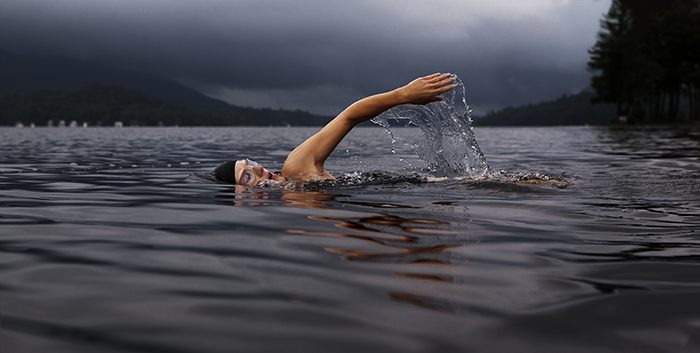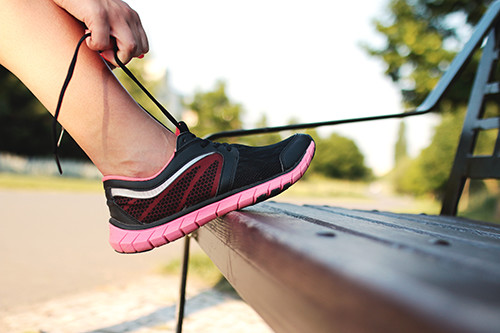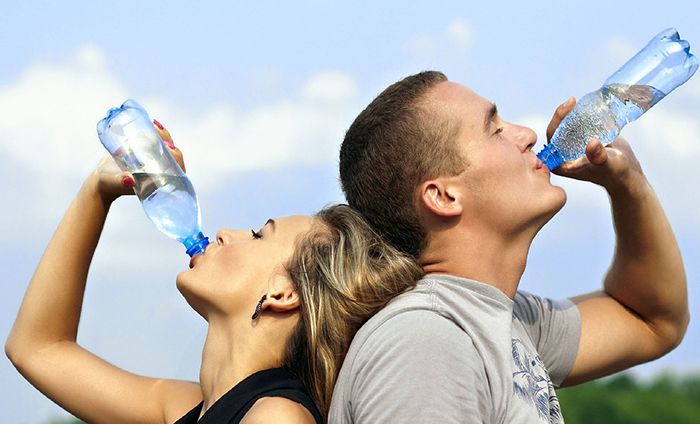Fitting a workout into a busy day poses challenges. Whether training to stay in shape, or working out to compete, some days the amount of time to complete the total training regimen gets cut short. Even with a busy schedule, one extremely important routine that wise athletes maintain, is the routine of stretching after exercise.
There are four major factors about the importance of stretching after working out that you may not know; indeed, here are four things that everyone should keep in mind regarding this topic.
First, after completing a demanding workout, stretching after exercise improves flexibility and range of motion, which helps prevent injury. This fact alone powerfully identifies the impact and value of this activity.
Second, stretching after exercise increases circulation through the body. This increased circulation alleviates and eliminates lactic acid build-up, which when ignored, results in a variety of aches and pains. In short, stretching after exercise benefits the athlete by aiding muscle recovery throughout the body.
Third, stretching after exercise takes a short amount of time. A series of eight to ten static stretches takes less than ten minutes.
Fourth, stretching at the end of a training session presents not only physical benefits, but also allows the athlete to mentally finish the training session. As the body winds down and moves through various positions, so too does the mind.
Take time to stretch after exercise. Elongate those tight muscles and prevent injury, as well as decrease potential pain. Let the mind relax and the body unwind.





